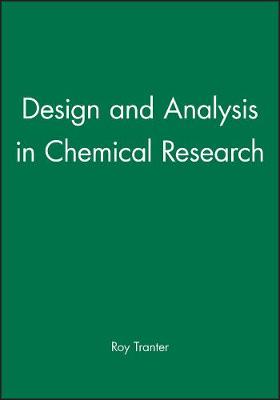Sheffield Analytical Chemistry
1 total work
Design and Analysis in Chemical Research
This volume covers the principles of design and analysis in chemical research and development. It is organised in chapters dealing with major activities, and understanding is generated through large numbers of examples and practical applications relating to research and development chemistry. Authors adopt a user-friendly approach, concentrating on principles and interpretation rather than formal derivation and proof. A principal theme is that statistics and chemometrics (which relies on statistics) are essentially extensions of the logical processes used every day by chemists, and that they bring greater understanding of problems more quickly and easily than purely intuitive methods.
